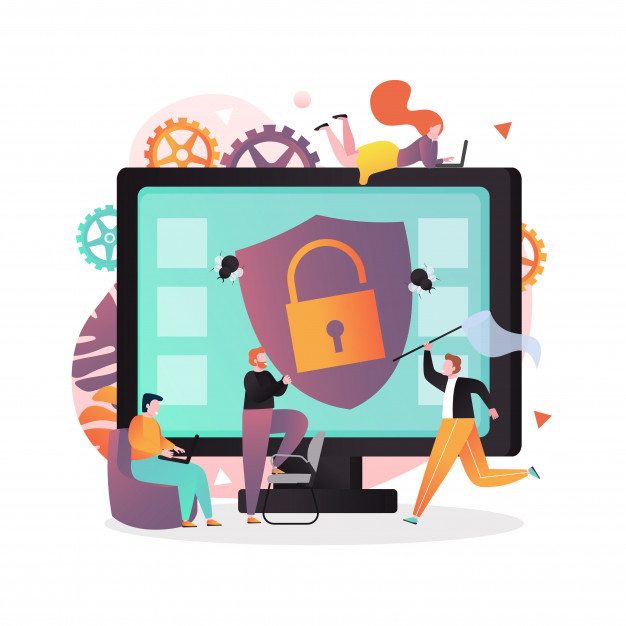Remove Malware from WordPress Website
WordPress malware removal is a job that shouldn’t need to be done. If you manage your WordPress installation with proper care, you shouldn’t get any malware on it in the first place. Here is a brief explanation of how to undertake WordPress malware removal - and steps to take to ensure that you only have to do it once.
How to perform WordPress malware removal
If your luck is in, then WordPress malware removal may amount to nothing more than signing up for a website vulnerability scanner and having it scan your website. Numerous vendors offer website vulnerability scanning services and each will have its own take on the concept. Any decent product will, however, have an anti-malware scanner and a web applications firewall. The former is what you need in this situation.
Getting off this lightly does, however, take quite a bit of luck. What you will probably find is that in addition to leaving recognizable malware, the cyberattacker has also left malicious code that is customized for your website. This means that an anti-malware scanner won’t be able to pick it up (that’s the whole idea) so your options are either to clean up your site manually (or have someone do it for you) or do a fresh install.

4 Steps to Remove Malware from WordPress Website
1. Choosing between a clean-up and a fresh install
The advantage of doing a clean up is that you keep your customizations. The disadvantage of doing a clean up is that you have to go through files and database tables by hand. Not only that, but you also have to ensure that you remove every last bit of malicious code without breaking any legitimate code. If that sounds like a challenge then it is. It can take up a lot of time internally or be a painful expense if you hire someone externally.
This means that you basically have to make up your mind which you see as the lesser of the two evils. If your site is highly customized, then you might just have to grit your teeth and clean it up by hand, or at least try. If, however, your site is essentially based on mainstream software and third-party add-ons (e.g. standard WordPress themes), then it might be more pragmatic just to pull the plug and start again.
2. Preventing malware from getting onto your WordPress site
If you ever have to deal with WordPress malware removal, you probably won’t need much convincing that you only want to do it once. The good news is that keeping malware off your WordPress site is much more about effective processes than it is about expensive security tools. Here are some important points you should cover.
3. Invest in a robust website vulnerability scanner
Having just said that security is more about effective processes than expensive security tools, it’s important to note that there are some security tools you will need. The good news is that they are available at prices even SMBs can afford. The website vulnerability scanner you used to remove the malware which impacted your site would almost certainly have stopped it from getting onto your site in the first place.
It will also have a firewall that will help to protect against malicious traffic, including DDoS attacks. You might also want to consider signing up for a DDoS mitigation service. These are rather like firewalls, but they are optimized for DDoS and only activate when a DDoS attack is detected. They can be an invaluable extra layer of protection.
4. Manage your software effectively
WordPress is one of the world’s most popular content management systems. This means that it gets regular updates. You need to apply those updates promptly, as at the moment they are released if you possibly can. The reason for this is that WordPress is one of the world’s most popular CRMs, which means that it’s one of the world’s best-documented CRMs. This makes it very easy for cyberattackers to inform themselves of vulnerabilities in older versions of the software.
It’s also very easy for them to learn about the default settings in WordPress, which means that you need to make it a priority to customize them. As an absolute minimum, change the default URL to login to the admin panel.
You also need to ensure that you research any third-party add-ons you are considering using. These vary widely from invaluable to malware with all shades in-between. If you do choose to install them then you have to commit to keeping them updated. In simple terms, any outdated software has the potential to be a major security threat, especially if it’s open-source.
Please click here now to have your website scanned, for free, by cWatch from Comodo.





